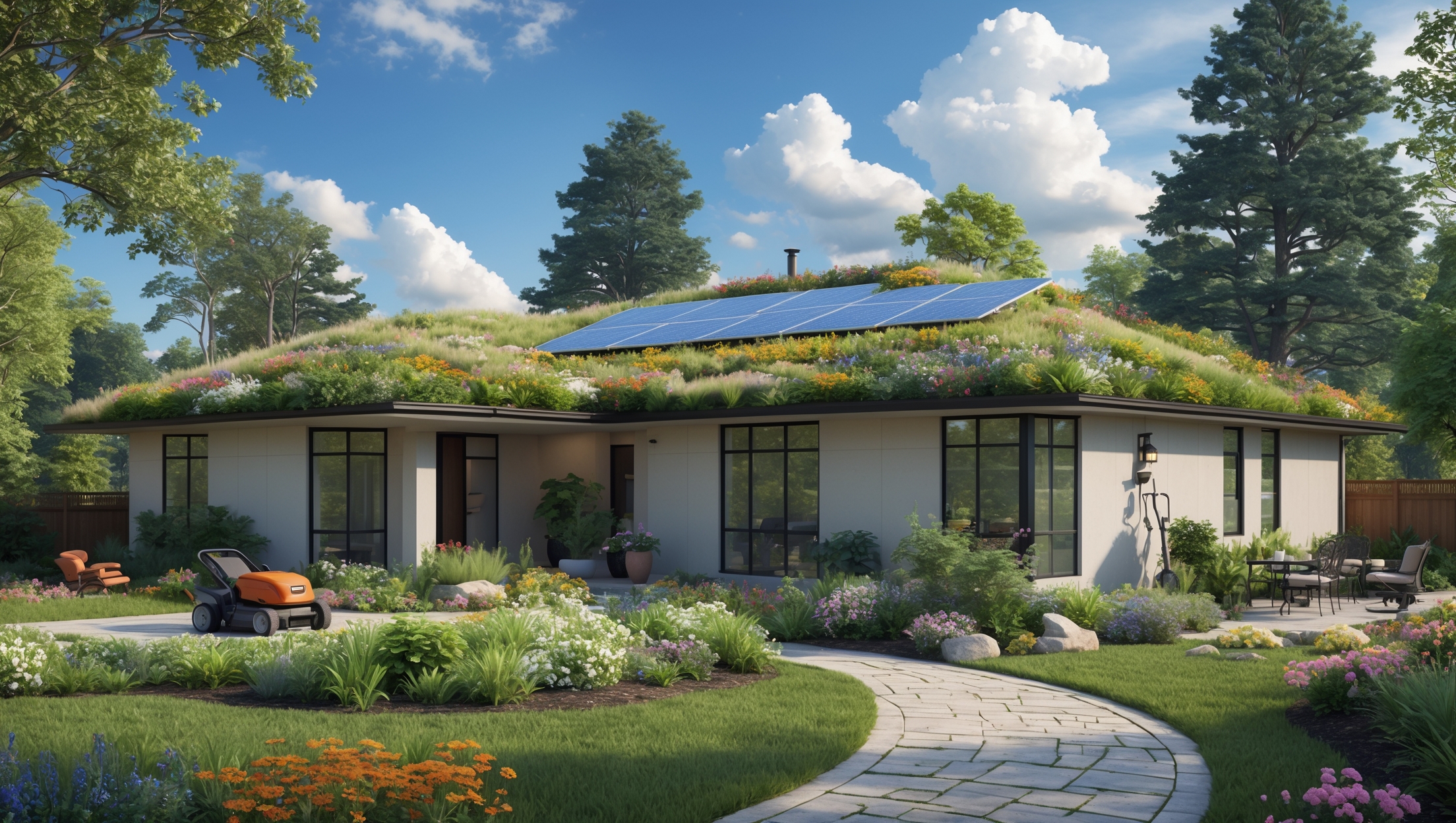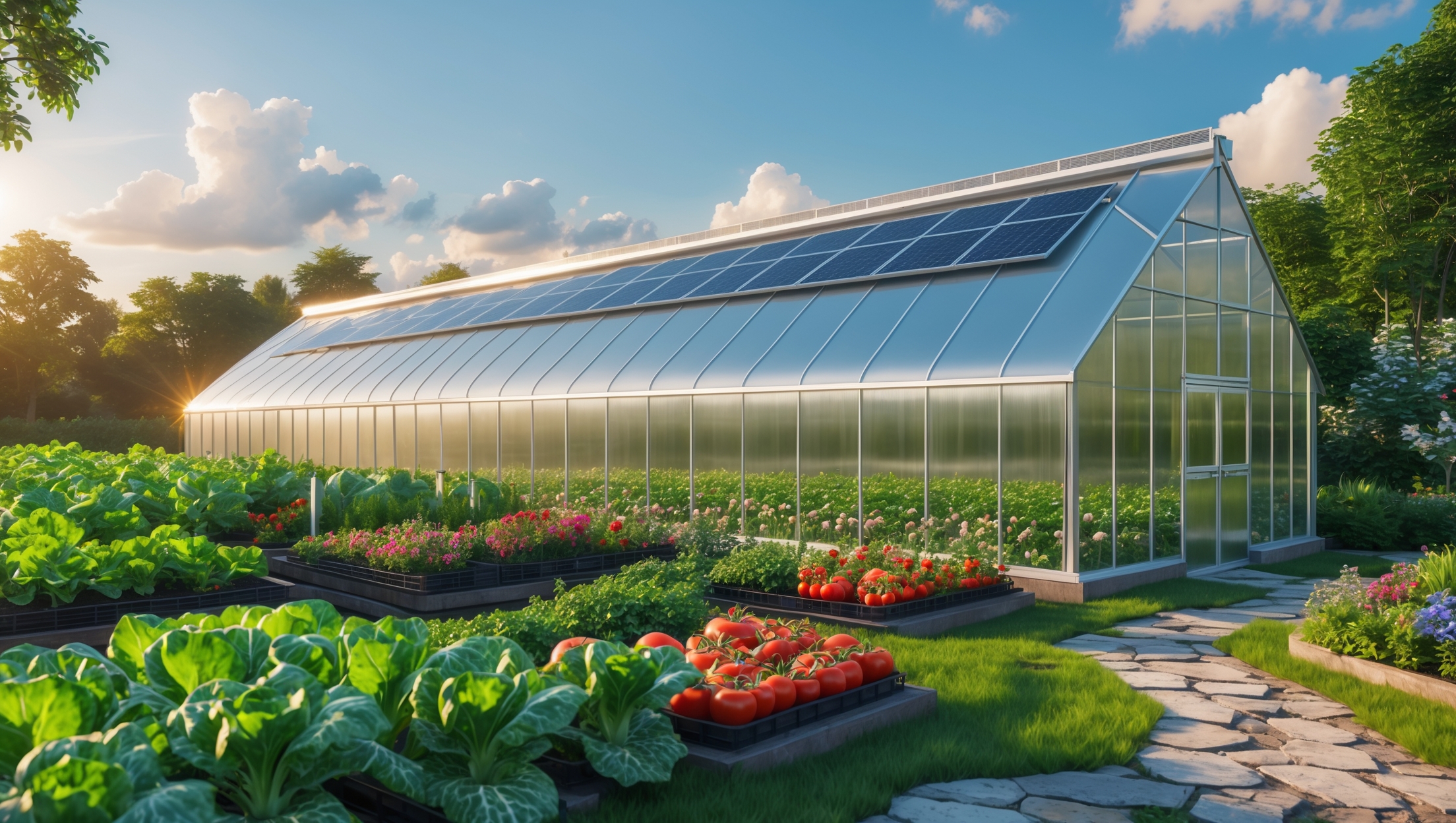Introduction: Why Green Roof Marketing Demands a Specialized Approach
Green roofs are rapidly gaining traction as a sustainable solution for urban heat islands, stormwater management, and biodiversity enhancement. However, despite their environmental benefits and long-term energy savings, the market for local green roof installation services remains niche and competitive. Many eco-conscious entrepreneurs and small installation firms struggle to differentiate themselves, educate their community, and consistently attract new clients. Traditional home improvement marketing methods often fall short because green roofs require a unique combination of technical knowledge, environmental advocacy, and local expertise.
This comprehensive guide is tailored specifically for local green roof installers seeking actionable, proven marketing strategies. We’ll explore how to build trust, leverage digital tools, create powerful partnerships, and integrate community engagement to drive sustainable business growth. Whether you’re a solo installer or run a small team, these approaches are designed to amplify your impact and reputation while supporting the broader goals of sustainable living and urban greening.
Understanding Your Local Market and Audience
Identifying Key Customer Segments
The green roof market includes a variety of potential clients, each with distinct motivations and pain points. Segment your audience into:
- Residential Homeowners: Interested in energy savings, increased property value, and aesthetic appeal.
- Commercial Property Managers: Focused on stormwater compliance, reduced cooling costs, and LEED certification.
- Municipalities and Nonprofits: Driven by sustainability mandates, community beautification, and urban wildlife support.
Conducting Local Market Research
Research your region’s climate, popular plant species, local building codes, and incentives. Analyze competitors’ offerings, pricing, and customer reviews. Use online surveys, social media polls, and local forums to gather direct feedback. Understanding what drives your local market allows you to tailor your messaging and services for maximum relevance and appeal.
Building a Professional, Eco-Focused Brand
Crafting a Compelling Value Proposition
Distill your unique selling points into a clear message. For example: “Transforming rooftops into thriving green spaces that save energy and support local ecosystems.” Highlight certifications, experience, warranties, and any affiliations with sustainability organizations.
Developing Visual Identity
Invest in a cohesive, professional visual identity that reflects both modernity and ecological values. Use earthy color palettes, plant imagery, and clean, readable typography. Consistent branding across your website, vehicles, uniforms, and marketing materials builds credibility and recognition.
Optimizing Your Digital Presence
Search Engine Optimization (SEO) for Local Reach
- Include location-specific keywords (“green roof installer in [City]”).
- Claim and optimize your Google Business Profile with accurate contact details, photos, and service descriptions.
- Encourage satisfied clients to leave detailed Google reviews, responding promptly to all feedback.
- List your business in sustainable construction directories and local green building networks.
Website Essentials
- Portfolio Gallery: High-quality before-and-after photos, plant species used, and project outcomes.
- Educational Content: Blog posts, FAQs, and downloadable guides on green roof benefits, maintenance, and local incentives.
- Lead Capture Tools: Simple quote request forms, newsletter signup, and clickable phone numbers for mobile users.
- Fast, Mobile-Friendly Design: Ensure quick load times and easy navigation on smartphones.
Content Marketing and Blogging
Demonstrate expertise and build trust with informative articles such as:
- “How Green Roofs Reduce Urban Heat Island Effects in [Your City].”
- “Native Plant Choices for Sustainable Rooftop Gardens.”
- “ROI Breakdown: Are Green Roofs Worth the Investment for Homeowners?”
Share these posts across social media and eco-community platforms to reach a broader audience.
Leveraging Social Media and Visual Platforms
Choosing the Right Channels
Focus on visually-driven platforms that showcase your work’s impact:
- Instagram: Post progress shots, time-lapse videos, and plant close-ups. Use local hashtags and tag sustainability influencers.
- Facebook: Share project updates, customer testimonials, and event invitations. Join local gardening and sustainability groups.
- LinkedIn: Connect with architects, property managers, and municipal planners. Share case studies and technical insights.
Utilizing Video Content
Create short educational videos explaining green roof benefits, installation processes, and seasonal care tips. Live Q&A sessions and virtual tours of completed projects build authenticity and answer common client questions in real time.
Forging Strategic Partnerships
Collaborating with Local Businesses
- Nurseries and Garden Centers: Cross-promote services, co-host workshops, and offer bundled discounts on plants and installation.
- Architects and Builders: Build referral relationships by educating them on the integration of green roofs into new construction projects.
- Eco-Product Suppliers: Feature their sustainable materials in your marketing, and request they recommend your services to their customers.
Engaging with Community Organizations
Partner with local environmental nonprofits, urban agriculture groups, and schools to host rooftop garden tours, volunteer planting days, or educational talks. These partnerships position your business as a trusted leader in local sustainability efforts and often generate word-of-mouth referrals.
Community Engagement and Local Outreach
Hosting Educational Workshops and Events
Organize hands-on workshops on topics like “Intro to Green Roof Gardening” or “Maximizing Pollinator Habitat on Urban Rooftops.” Use these events to demonstrate your expertise, collect leads, and foster community relationships. Collaborate with local venues—such as libraries, community centers, or even clients’ rooftops—for greater reach.
Participating in Local Green Fairs and Markets
Set up interactive displays at farmers markets, green home expos, and sustainability fairs. Use miniature green roof models, plant samples, and before-and-after displays to engage attendees. Offer free consultations or project assessments as event exclusives to capture new leads.
Leveraging Local Media and Public Relations
- Pitch success stories, unique projects, and eco-initiatives to local newspapers, radio stations, and TV channels.
- Submit articles or opinion pieces on urban greening and climate resilience to community blogs and newsletters.
- Participate in city council meetings or public forums to advocate for green roof incentives and policy support.
Utilizing Testimonials and Case Studies
Collecting and Showcasing Customer Feedback
After each project, request detailed testimonials and photographs from clients. Highlight their motivations, installation experience, and the benefits they’ve observed (e.g., lower energy bills, increased biodiversity). Feature these stories prominently on your website, social media, and printed brochures.
Developing In-Depth Case Studies
Create case studies that follow a project from initial consultation through installation and post-installation performance. Include:
- Site challenges and solutions (structural reinforcements, plant selection, drainage issues).
- Quantitative results (temperature reduction, stormwater retention, energy savings).
- Visual progression (before, during, and after photos).
These detailed stories resonate with potential clients and serve as compelling proof of your expertise and impact.
Offering Value-Added Services
Maintenance Packages
Many clients are concerned about ongoing care. Offer tiered maintenance plans (seasonal checkups, plant replacement, weeding, irrigation checks) to provide peace of mind and recurring revenue. Clearly outline what’s included in each package.
Eco-Incentive Guidance
Stay updated on local and federal green roof incentives, rebates, and tax credits. Proactively educate clients about these opportunities and assist with the application process. This added value can be a key differentiator in your marketing.
Consultation and Design Services
Offer standalone consulting for clients in early planning stages or those seeking to retrofit existing roofs. Provide detailed site assessments, plant palette recommendations, and climate-specific design solutions. Position yourself as a holistic green roof expert, not just an installer.
Measuring and Refining Your Marketing Efforts
Tracking Key Metrics
- Website analytics: Monitor traffic sources, popular content, and conversion rates.
- Lead tracking: Record where each inquiry originated (event, referral, online form, etc.).
- Customer feedback: Regularly survey clients on how they found you and what influenced their decision.
Continuous Improvement
Set quarterly marketing goals (e.g., number of new leads, workshop attendance, website signups) and review results against targets. Adjust your strategies—such as reallocating ad spend, testing new content formats, or strengthening partnerships—based on what works best. In the fast-evolving world of green technology, agility is key to sustainable business growth.
Conclusion: Cultivating Sustainable Success for Your Green Roof Business
Marketing a local green roof installation business requires more than just catchy ads or special promotions—it’s about building genuine connections with your community, showcasing your environmental impact, and consistently educating your audience. By focusing on targeted digital strategies, forming strategic local partnerships, and engaging directly with your community, you’re not only growing your business but also advancing the broader mission of urban sustainability.
Remember, every rooftop you green is a visible testament to your expertise and contribution to a healthier, more resilient city. Continually gather and share success stories, keep your educational content fresh and relevant, and never underestimate the power of word-of-mouth within eco-minded circles. As local governments and property owners become more aware of the benefits of living roofs, the demand for skilled, trusted installers will only rise.
Stay adaptable, invest in your brand, and keep your finger on the pulse of local incentive programs and environmental trends. With the right marketing strategies, your green roof business can flourish—helping both your bottom line and the planet, one building at a time.





How can small green roof installation businesses effectively compete with larger home improvement companies in terms of pricing and reputation, especially in markets that aren’t very familiar with eco-friendly roofs yet?
Small green roof installers can compete by highlighting specialized knowledge and personalized service that big companies often lack. Focus on educating the community about the benefits of green roofs through workshops, demonstrations, or social media. Build trust with testimonials, showcase completed local projects, and offer flexible pricing or financing options. Partnering with local organizations or eco-friendly businesses can also boost your reputation and visibility in markets new to green roofs.
As someone who manages a busy household, I’m curious about the best way for local installers to educate homeowners like me on both the energy savings and long-term benefits of green roofs. Are there marketing techniques that have proven especially effective for reaching families who might be overwhelmed with options?
Local installers have found that short, informative workshops or webinars tailored for busy families work really well. These sessions focus on practical benefits like lower energy bills and reduced maintenance. Some companies also use easy-to-understand brochures or quick comparison charts delivered via mail or email, highlighting the cost savings and environmental benefits in clear terms. Personalized home assessments can make the options feel less overwhelming, helping families see exactly how a green roof would work for their specific situation.
As a parent trying to balance home improvement projects and sustainability, I’m wondering if you have any tips for educating skeptical family members about the long-term benefits of green roofs mentioned in your article. What communication strategies have worked best for other installers dealing with similar concerns?
When talking to family members about green roofs, many installers suggest focusing on tangible benefits like lower energy bills, increased home comfort, and improved property value. Sharing real-life examples or case studies often helps make the benefits more relatable. It can also be useful to compare long-term savings versus the upfront investment, and to address concerns by inviting questions and providing clear, practical answers supported by data.
You suggested leveraging digital tools and community engagement for local outreach. Can you share some practical examples of digital campaigns or local events that have actually helped small installers build trust and attract leads?
Small green roof installers have seen success by running targeted social media ads showcasing before-and-after photos of their projects, encouraging satisfied customers to leave reviews on Google and Facebook, and sharing educational blog posts or live Q&A sessions. Locally, hosting workshops at community centers or partnering with neighborhood gardening groups for demo installations has helped build trust and attract interested homeowners.
When conducting local market research, have you found any effective methods for gathering information on what plant species resonate most with clients in a specific climate, beyond just online surveys and polls?
Absolutely, beyond online surveys and polls, one effective method is to host or attend local community workshops and gardening events. These provide firsthand feedback through direct conversation. Another helpful approach is partnering with local nurseries and landscapers—they often have insights into which species are popular or requested most by residents. Site visits to existing green roofs in your area can also reveal which plants thrive and are aesthetically pleasing to clients.